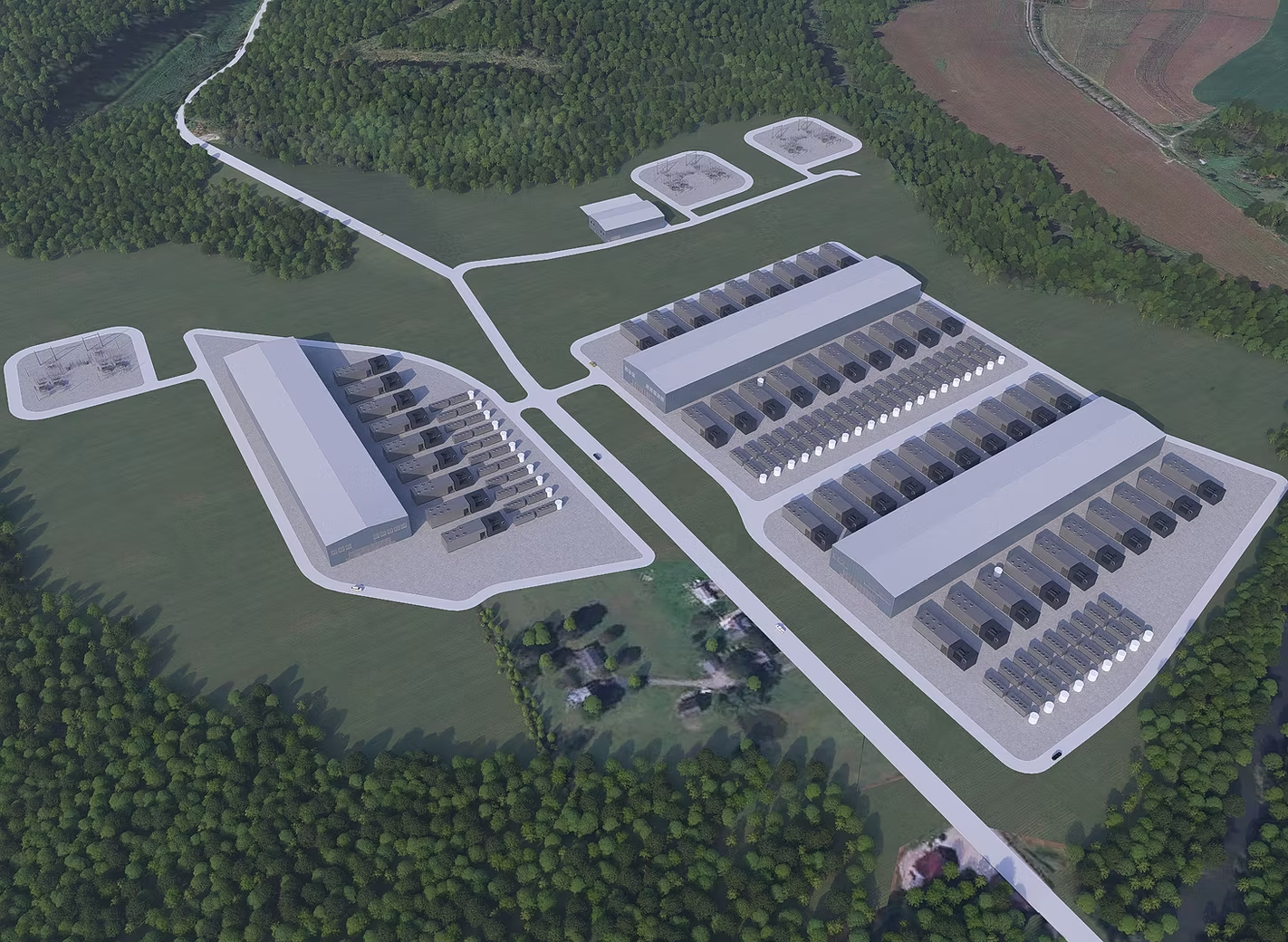
The former Homer City Generating Station in Indiana County, Pa., is being redeveloped into a massive natural gas-powered data center campus from its previous iteration as the state’s largest coal-burning power plant.
“Demolition of the former Homer City Generating Station last month marked the end of an era,” Pennsylvania Senate Majority Leader Joe Pittman (R-41) said Wednesday. “The news today of a new and innovative data center being brought to the site in Indiana County is truly historic and incredibly exciting.”
Pittman said the $10 billion capital investment will bring 10,000 construction jobs and 1,000 permanent jobs that will be housed at the Homer City Generating Station property, with data center development to inject billions more.
“This will be the largest capital investment ever to be brought to the Commonwealth of Pennsylvania,” he added.
Homer City Redevelopment (HCR) and Kiewit Power Constructors Co. announced April 2 that the plant will be transformed into a more than 3,200-acre natural gas-powered data center campus, designed to meet the growing artificial intelligence (AI) and high-performance computing needs of technology companies.
GE Vernova Inc. will provide seven high-efficiency 7HA.02 hydrogen-enabled, gas-fired turbines, with the first deliveries expected to begin in 2026, according to Scott Strazik, CEO of GE Vernova.
“This project demonstrates the best in what investing in power can do; more affordable and reliable energy for everyone, revitalizing local economic development benefits with thousands of skilled jobs, and enabling Pennsylvania to help lead the future of AI,” Strazik said.
The Homer City Energy Campus will be built by Kiewit, one of the leading engineering, procurement, and construction contractors in the country. Dave Flickinger, executive vice president at Kiewit, said the company is excited to help advance what is poised to become the nation’s largest natural gas-powered plant.
“We’ve been pleased by how quickly all parties have worked to make this project shovel-ready, all while holding firm to the highest standards of safety and quality,” Flickinger said. “We look forward to continuing our tradition of collaboration and moving with purpose as we enter the next phase on the ground.”
Much of the critical infrastructure for the project is already in place from the legacy Homer City plant, including transmission lines connected to the PJM Interconnection and the New York Independent System Operator (NYISO) power grids, substations, and water access.
Construction of the site is expected to start this year and it is slated to begin producing power by 2027, according to the companies.
“This project will honor Homer City’s place in the proud history of Pennsylvania energy generation, while accelerating the state and local community’s ability to meet the needs of a rapidly shifting energy landscape,” HCR President and CEO William Wexler said. “Alongside our best-in-class partners, we have been working tirelessly to ensure that Homer City’s transformation can happen as quickly and seamlessly as possible.”
Wexler also noted that HCR is “fully committed” to maximizing the level of economic opportunity represented by the project, “not just for Indiana County, but for all of Pennsylvania and the Mid-Atlantic region of the country.”
Pittman echoed those sentiments, saying the region has a long and storied history when it comes to the production of electricity that has powered not only the commonwealth, but the entire nation.
“Over the last several decades we have no doubt seen production of electricity in our region undergo a significant transition, which has had a substantial impact upon our local communities, labor employees and their families,” the state senator said. “This development is great news not just for Indiana County, but quite frankly for our entire region and our commonwealth.”
According to the companies, some of the project’s other key attributes and benefits include delivery of up to 4.5 gigawatts (GW) of power to support AI-driven hyperscale data centers, while reducing greenhouse gas emissions by 60 percent to 65 percent per megawatt hour compared to the former coal plant.
The project also will deploy numerous previously secured long-lead power components coupled with sufficient generating capacity to serve multiple large data center customers and supply power to thousands of homes on the local grid, said the companies.
Additionally, energy production at the new campus will rely on natural gas produced in the Marcellus Shale Region of the United States, and the project will help address the nation’s growing energy shortage, they said.
In fact, according to PJM, the Mid-Atlantic region faces a looming energy capacity deficiency, with more than one-fifth of its system in the area expected to retire or reach the end of its useful life by the end of the decade.
Knighthead Capital Management LLC, on behalf of certain entities it manages and advises, said it has had significant equity positions in Homer City for nearly eight years and will continue to lead project financing for what the firm thinks will play a vital role in securing America’s AI and energy capacity dominance.
“We have long recognized the unique value inherent in Homer City’s infrastructure and power generation attributes, and we look forward to working closely with all of the local and national stakeholders that will play essential roles in making this vision a reality,” said Andrew Shannahan, a partner with Knighthead.
As part of the announcement, detailed renderings of the future campus, developed by Kiewit, also have been released and are available at: www.homercityredevelopment.com.